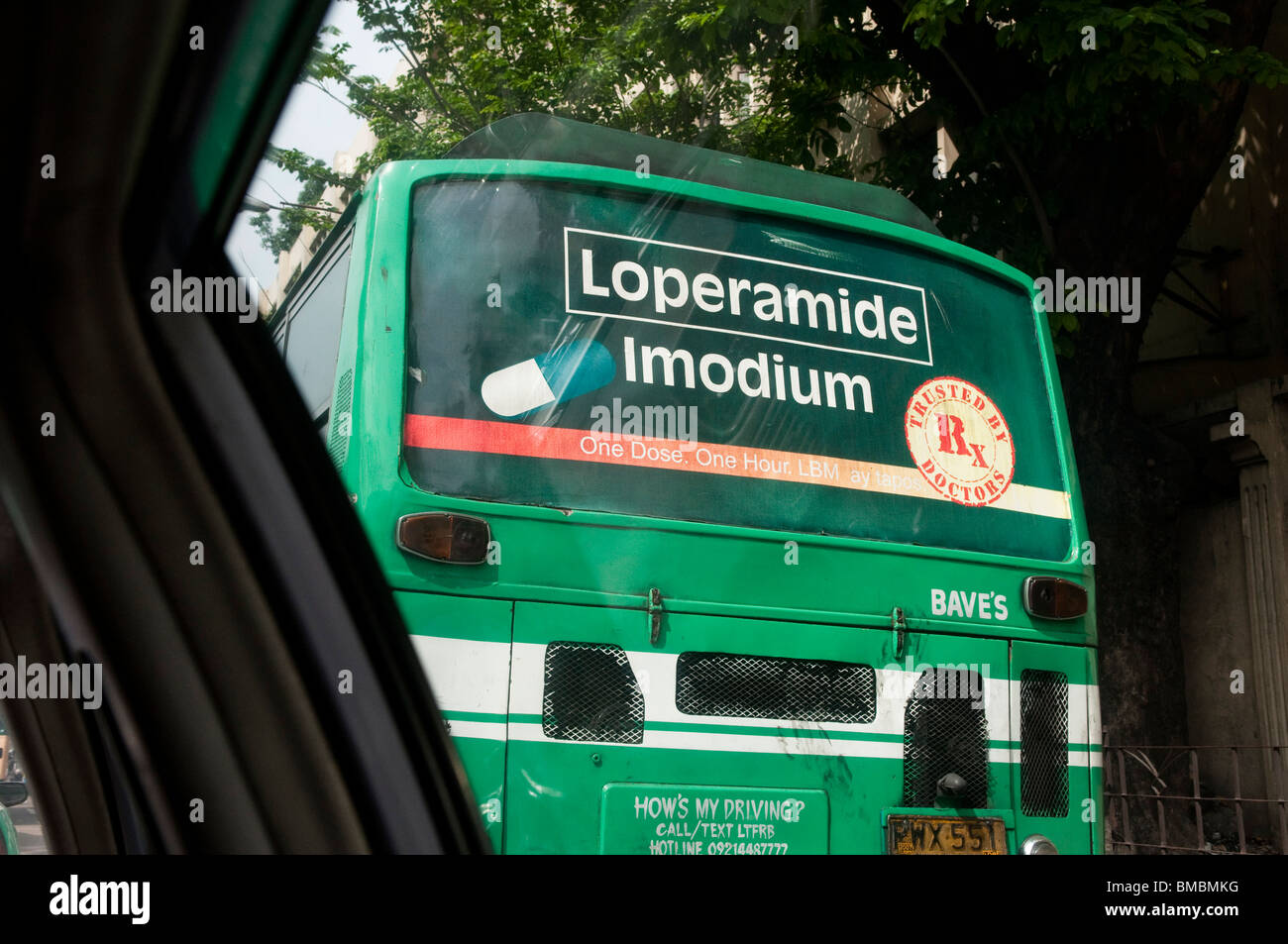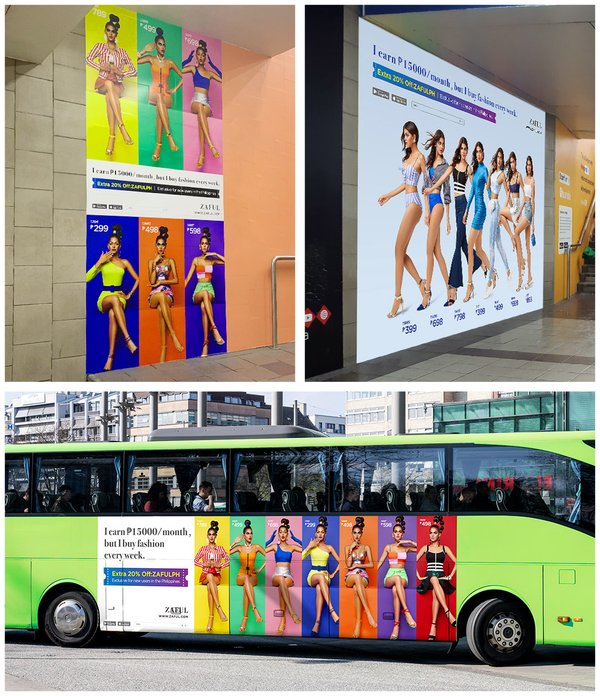Recognizing the Function of Transportation Advertising And Marketing in Enhancing Brand Exposure and Consumer Involvement
Transportation advertising and marketing has actually emerged as a critical component in the advertising and marketing landscape, using one-of-a-kind chances for brands to boost their exposure and engage consumers successfully. With the capacity to get to a restricted and diverse target market throughout their everyday commutes, these advertising approaches are not simply regarding presence; they are regarding producing purposeful links with possible consumers. As we discover the complex benefits and innovative strategies within transit advertising and marketing, it comes to be necessary to think about just how these elements jointly influence customer understanding and habits, questioning about their lasting impact on brand loyalty.
Interpretation of Transportation Advertising And Marketing
Transportation advertising and marketing refers to the technique of promoting items, services, or brand names through advertisements placed in and around mass transit systems. This type of advertising and marketing includes a selection of placements, including posters on buses and trains, electronic screens at transit terminals, and wraps on the outside of automobiles. It intends to reach a diverse target market, exploiting on the high foot web traffic associated with public transit.
Transportation advertising and marketing is purposefully placed to record the attention of commuters, that commonly spend substantial time taking a trip or waiting. By integrating ads into the daily regimens of individuals, brand names can produce a long-term impact and foster brand name recognition. The tool is specifically effective in metropolitan settings, where public transport is a key mode of travel.
Furthermore, transportation advertising and marketing can help with localized targeting, enabling businesses to get to certain demographics based upon transit routes and station places. As metropolitan populations expand and the usage of public transportation boosts, this advertising and marketing method has actually acquired importance as a vital element of integrated marketing techniques. The dynamic nature of transit advertising, integrated with its ability to involve customers in a captive environment, underscores its value in modern advertising techniques.
Advantages of Transportation Advertising And Marketing
The performance of transit advertising and marketing depends on its ability to supply a multitude of benefits to brands looking for to improve presence and engagement. Among the primary advantages is the comprehensive reach it offers; transportation advertisements can efficiently target varied demographics throughout city locations, reaching both pedestrians and travelers alike. This wide exposure considerably enhances brand name awareness.
One more advantage is the high regularity of perceptions. As transit lorries follow recognized paths and quit at multiple areas, they produce repeated direct exposure that reinforces brand name messages. This frequency fosters familiarity, which is critical in consumer decision-making.
Transportation advertising is likewise cost-efficient compared to various other media systems. Given its large reach and potential for high perceptions, brand names frequently experience a reduced cost per thousand impacts (CPM), optimizing their advertising and marketing budget plan.
Additionally, transportation advertisements can develop a sense of neighborhood link. By aligning with regional transit systems, brand names can resonate with local audiences and promote a sense of regional pride. This local strategy enhances brand commitment and engagement, making transportation advertising and marketing a compelling selection for services aiming to strengthen their presence on the market.

Effective Methods for Transit Campaigns
To make best use of the effect of transportation projects, brand names must leverage calculated preparation and implementation customized to their target audience. Initially, determining the group attributes of the target market utilizing public transportation is important. This allows brands to develop individualized messaging that resonates with potential consumers.
Next, choosing the appropriate transit mediums is important. Whether using bus covers, metro posters, or electronic displays, each medium has distinct advantages that can enhance presence. For instance, lively visuals on bus covers can stand out, while electronic advertisements can be upgraded frequently to show prompt promotions.
Additionally, incorporating a natural branding strategy throughout transit platforms makes sure uniformity and strengthens the brand's identity. Using memorable taglines and distinctive designs will certainly enhance brand recall amongst commuters.
Last but not least, timing is a vital factor in carrying out effective transportation projects. Releasing projects throughout top traveling hours or local occasions can considerably enhance exposure and involvement. By employing these techniques, anonymous brand names can successfully harness the possibility of transportation marketing, cultivating better recognition and link with their target market. Inevitably, a well-executed transit project can drive significant development in brand name exposure and consumer engagement.

Determining Influence and Engagement
In evaluating the efficiency of transit advertising projects, precise dimension of impact and engagement is essential for brands seeking to enhance their advertising approaches. Metrics such as reach, regularity, and perceptions offer foundational information to examine visibility. Evaluating these variables assists figure out just how several potential clients are exposed to the advertisements throughout their everyday commutes.
Involvement can be more gauged with customer communications, such as site traffic, social media sites discusses, and direct actions to calls-to-action included in the ads. Utilizing tools like QR codes or distinct URLs can help with tracking of consumer actions directly connected to transportation campaigns. Surveys and comments systems likewise function as valuable approaches to gather qualitative data on consumer assumptions and recall of the promotion.
Furthermore, progressed analytics and attribution versions can associate transit direct exposure with subsequent buying habits, supplying understandings into the return on financial investment. By employing a thorough strategy that combines qualitative and quantitative actions, brand names can create a nuanced understanding of their transportation advertising effect. Eventually, this data-driven method allows brands to fine-tune their web projects, guaranteeing they reverberate efficiently with target audiences and enhance total brand visibility.
Study of Effective Campaigns
Successful transit ad campaign function as compelling examples of exactly how reliable approaches can elevate brand name visibility and engagement. Transit Advertising Philippines. One remarkable instance is the "I Love New York" campaign, which transformed the city's image and drew in countless travelers. By utilizing subway ads, signboards, and bus covers, the project created a solid, cohesive brand identity, resulting in a significant uptick in tourist and local organization patronage
One more exemplary project is Coca-Cola's "Share a Coke" campaign, which leveraged transit marketing to personalize the brand experience. By featuring preferred names on advertising products throughout various transportation systems, Coca-Cola fostered a much deeper psychological link with consumers, encouraging them to share their experiences on social media sites.
Furthermore, the "Got Milk?" project effectively utilized mass transit advertisements to get to a broad target market, strengthening the message of the significance of milk in a balanced diet. The campaign saw a measurable rise in milk usage in target demographics.
These instance studies illustrate that when executed thoughtfully, transportation advertising and marketing can significantly improve brand exposure, foster consumer involvement, and drive measurable results, demonstrating its important role in contemporary advertising techniques. - Transit Advertising Philippines
Final Thought
In verdict, transit advertising serves as a crucial tool for improving brand presence and fostering consumer interaction. Ultimately, the capacity to measure engagement and analyze effective instance read the full info here researches highlights the performance of transportation advertising and marketing in driving brand name loyalty and consumer communications.
Transit marketing has actually emerged as a crucial element in the advertising landscape, using one-of-a-kind possibilities for brand names to elevate their exposure and engage consumers efficiently.In addition, transit advertising and marketing can promote localized targeting, enabling organizations to get to specific demographics based on transportation routes and station areas.In reviewing the performance of transportation advertising and marketing projects, exact dimension of effect and engagement is crucial for brands seeking to maximize their advertising and marketing approaches.Effective transportation marketing projects serve as compelling instances of exactly how reliable techniques can elevate brand name visibility and involvement.In verdict, transit advertising serves as a vital device for enhancing brand visibility and cultivating consumer engagement.
Comments on “Raise Brand Reach with Transit Advertising Philippines”